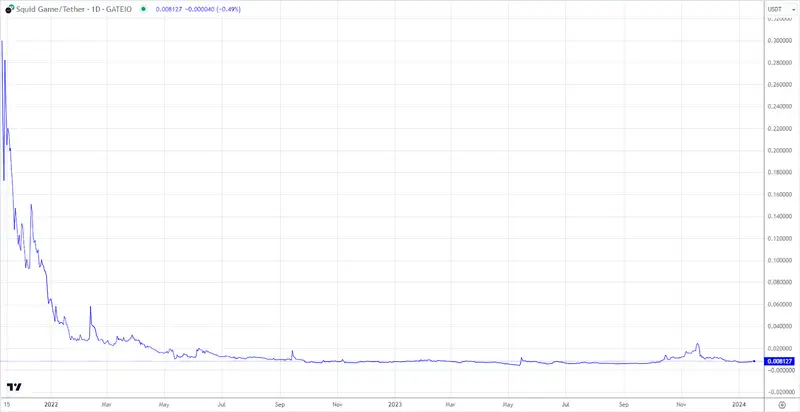The Causes behind the Demise of Coins
Cryptocurrencies have become an integral part of the modern world, yet many eventually vanish from the market. They gained popularity due to their decentralization, anonymity, and the ability to conduct transactions without intermediaries. However, like any financial instrument, cryptocurrencies have unique characteristics and risks that can lead to their downfall.
Lack of liquidity and declining trading volumes on exchanges, as indicated by the volume indicator, are common reasons for token demise. Numerous cryptocurrencies fail to garner sufficient attention and users, resulting in decreased trading volumes and eventual removal from the market. In 2023, approximately 300 coins were deemed dead or inactive, with the peak occurring in 2021 when over 5.5 thousand tokens disappeared due to disillusionment.
Understanding the origin of cryptocurrencies is crucial to elucidate the reasons for their disappearance. Creating a fiat currency is nearly impossible, but with cryptocurrencies, the entry barrier is much lower. Simply writing code in the Ethereum ecosystem, giving the coin an unusual name, and the task is completed – another unnecessary coin is born.
An ineffective marketing campaign can lead to a lack of user interest and, consequently, the disappearance of cryptocurrencies from the market. If a project lacks active users, it fails to attract attention from other market participants and is subsequently removed. Unsuccessful timing for launch is also a factor; launching a cryptocurrency at the wrong time can result in the project going unnoticed and fading from the market. For instance, SmartBillions (Smart), which conducted its ICO in 2017, remained at the bottom of the list in terms of volumes due to lack of interest and closed in 2018.
Over the past five years, many countries have actively regulated cryptocurrencies to protect their financial systems and address environmental concerns. This can lead to bans, restrictions, and regulations that reduce the attractiveness of cryptocurrencies to investors. Negative news and scandals, particularly those involving fraud, hacking, or security issues, can significantly impact the exchange rates of cryptocurrencies.
Technical problems such as code errors, hacks, and other issues can erode user trust and result in the disappearance of a cryptocurrency. However, hacking and fraud are the most significant factors, causing about a third of all coins to cease to exist. Scammers entice investors with promises of high returns and cash out funds as soon as prices rise. Another reason for the emergence of dead coins is hackers exploiting blockchain flaws. Recently, attackers have utilized flash loans to manipulate prices and even pilfer from crypto vaults, leading to price collapses and the demise of unsuccessful cryptocurrencies.
One infamous example of a dead coin is Squid Game (SQUID), inspired by the South Korean series on Netflix. Launched in late October, it stole millions of dollars from users. The project aimed to use tokens in a play-to-earn game that had not yet been launched. The tokens, however, could not be sold after purchase, raising alarms. The ICO took place on October 27, 2021, at $0.04, skyrocketing to $38 by October 31. After attracting more investors, it peaked at $2856 on November 1 and plummeted to $0.002 on the same day. The founders cashed out, leaving investors in despair. Such fraud thrives on decentralized exchanges, exploiting people's interest in popular assets. The token currently trades around $0.008, gradually heading towards oblivion.

While various factors contribute to the disappearance of cryptocurrencies, users should remain vigilant, assess risks, and make informed investment decisions in new projects.
Comments
Post a Comment